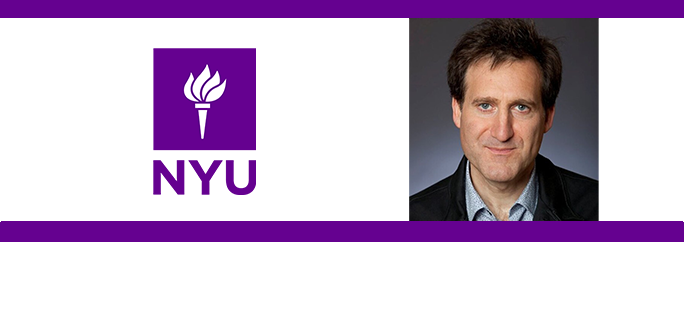 Guaranteed income programs can have benefits, but often should the money be deposited?
Guaranteed income programs can have benefits, but often should the money be deposited?
Jonathan Morduch, professor of public policy and economics at New York University, looks to data for answers.
Jonathan Morduch is Professor of Public Policy and Economics at the Wagner Graduate School of Public Service at New York University.
Morduch’s research focuses on finance, poverty, and inequality. He is a founder and Executive Director of the NYU Financial Access Initiative.
Morduch is the author with Rachel Schneider of The Financial Diaries: How American Families Cope in a World of Uncertainty (Princeton 2017; project site) and co-author of Portfolios of the Poor: How the World’s Poor Live on $2 a Day (Princeton 2009) and The Economics of Microfinance (MIT Press 2010). He is co-editor of Banking the World: Empirical Foundations of Financial Inclusion (MIT Press). Together with Dean Karlan, Morduch is the author of Economics (McGraw-Hill 2024), an empirically-oriented principles of economics text now in its 4th edition.
Morduch has taught on the Economics faculty at Harvard, and has held visiting positions at Stanford, Princeton, Hitotsubashi University and the University of Tokyo. He received a BA from Brown, Ph.D. in Economics from Harvard, and an honorary doctorate from the Free University of Brussels for his work on microfinance.
Designing Guaranteed Income Programs
Many government programs involve giving people money. Guaranteed income
programs, for example, usually transfer $500 or $1000 each month to households
struggling economically.
Monthly transfers are the norm. But in principle some households might benefit
more if they received smaller amounts of money but more often. Smaller, steadier
transfers could help them keep food on the table and ensure that bills are paid
throughout the month. It’s not an accident that many workers in America are paid
twice a month or every two weeks, not monthly.
Alternatively, some households might gain more from bigger-sized transfers
received less often. Getting money in bigger chunks could better support investing;
paying for schooling, home or car repairs; or buying bigger consumer items.
So: can money have a bigger impact if transfers are steadier? Or instead lumpier?
We investigated that question in the context of a guaranteed income program
promoted by the former mayor of Compton, California and implemented with the
Fund for Guaranteed Income.
With colleagues from NYU, Stanford, Cornell, and the Jain Family Institute, we
used a randomized trial to evaluate impacts of getting about $6000 a year. Half of
eligible recipients received transfers every two weeks. The other half instead
received transfers every 3 months – but in bigger amounts.
It turned out that often the form and frequency of the money did not matter. In key
dimensions, simply getting money mattered more than its timing.
But we did find some advantages to smaller, steadier transfers – households
reported greater food security, and they ended up with less credit card debt, and
increased car ownership. In these cases, steadier flows enabled steadier bill-paying.
This research shows cases where simple changes in the design of transfers –
without increasing the overall program budget – helped households use the money
more effectively.

